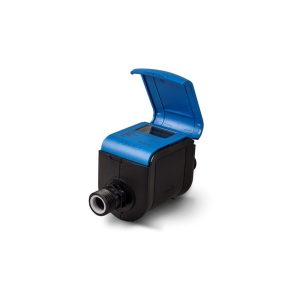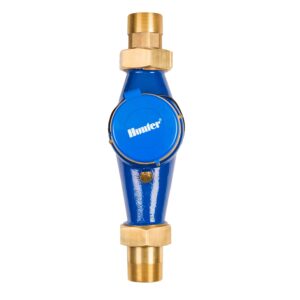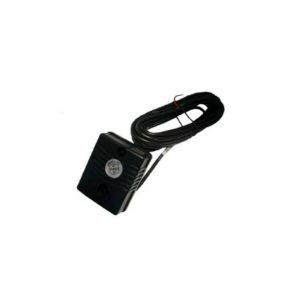The Z series inline flow meters are a simple alternative to expensive electronic flow meters. These pipeline flow meters are great for pump test benches, water filtration systems and many other applications.
- Accuracy: +/- 5%.
- Maximum Temperature: 60°C for Z500 models, 100°C for Z560 models.
Materials: Z500 series (6Bar)
- Taper tube body: Polycarbonate.
- Float: 304 stainless steel.
- Union connectors: PVC.
Materials: Z560 series (10Bar)
- Taper tube body: Polysulfone(PSU).
- Float: Polyvinylidene fluoride.
- Union connectors: PVC.






